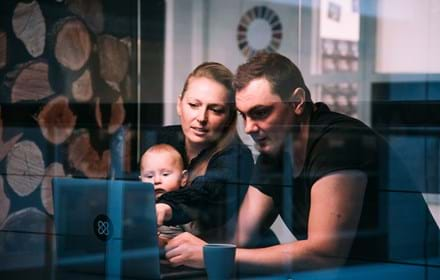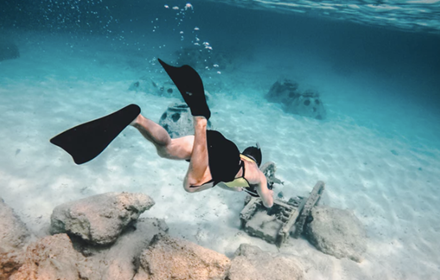
‘We wrote a story about a superhero with type 1'
Max was a happy, healthy baby and had just learned to walk when we noticed his cot sheets were soaked in the morning. We assumed the nappies we’d bought were no good. We described Max’s symptoms to our GP – losing weight, peeing a lot and having no energy. But after we said there was no family history of diabetes, Max was prescribed antibiotics. The next day, my wife, Sarah, saw a TV feature about type 1 in children. She phoned me and said, ‘I think Max is diabetic.’ I said, ‘don’t be daft. He’s fine; he just needs antibiotics.’ By that evening, the only way Max could communicate was with his eyes. We rushed him to hospital where he slipped into a coma for 48 hours. We were very close to losing him. The staff did an amazing job.
That team still looks after Max today. Back then, I knew nothing about diabetes. So, when Max was discharged from hospital, it was like bringing home a newborn baby again. Learning as we were going was horrendous. Max was too young to be able to tell us how he felt. We were up all night for months, checking his blood sugar. The hardest thing for me was giving his first injections. He clung to me for dear life. But I think it affected me and Sarah more than him.
Children are generally resilient and adaptable; Max got to the point where he’d hold his arm up for an injection, and that was that. We also struggled with people’s opinions and perceptions of diabetes.So many people would ask us if he needs cake, or if he can have sweets, or if his diet caused it or they’d say things like, ‘oh, it will get better.’ The fact that Max doesn’t know a life without diabetes hasn’t made us feel better. But it has made a difference. For the first two years, diabetes dictated everything that we did. When Max was three, he got an insulin pump with a sensor that allowed, us to monitor his blood sugar without fingerpicks. That was a game-changer. We could sleep at night, and Max learned maths, too!


Max knows the importance of his diabetes and how serious it is. His hospital team is amazing, and his nurse is like a family friend. He actually looks forward to going to his appointments and seeing everyone. That’s a massive help. During the first lockdown, aged six, Max had an idea. He said, ‘my insulin pump keeps me alive, doesn’t it? Iron Man’s got a thing in his chest that keeps him alive, doesn’t he? Am I an Avenger then, like Iron Man?’ I said, ‘yes, you are.’ Together, we started writing a story for children about a superhero with type 1. I thought, ‘he’s really onto something.’ It took me back to how frightened Max was when he first got his pump. Me and Sarah had lots of information we could refer to for help. But Max didn’t have anything. Our book, The Adventures of Captain Lantus, features a superhero with type 1 who gets his powers from his insulin pump. We want to help make children in our diabetes community feel like a superhero. The book is available on our website and Facebook, and we give proceeds to charity. We also look for newly diagnosed children on social media to send them a copy. Sometimes, I honestly don’t know how we got through the first few years. There were lots of tears. People don’t realise how difficult it is to manage type 1 in children. Today, we’re in a much better place. Diabetes lives with us now. We decide what it does. Its part of Max, and it’s who he is. Like Captain Lantus, it’s made him a superhero!!!
“Our book features a superhero who gets his powers from his insulin pump. We want to help make children in our diabetes community feel like a superhero"






